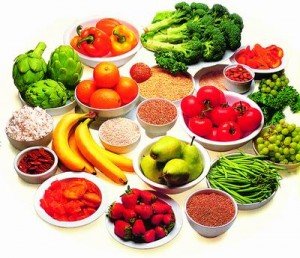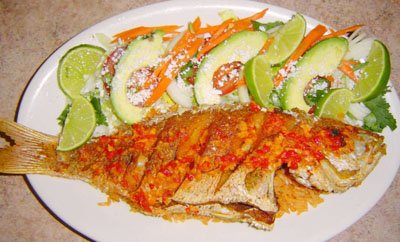What is Prostate?
The prostate is a male gland of the reproductive system that surrounds the first inch of the urethra. Roughly the size and shape of a walnut, the prostate is located below the bladder and produces seminal fluid.
Because the gland surrounds the urethra that drains the bladder, prostate disorders often affect urination.
The three most common disorders:
1) An inflammatory infection called prostatitis; it is a genitourinary common infection affecting men of all ages with great frequency in young adults. Statistics show that the manifestations of this disease occur in about 9% of men over 18 years. It is estimated that chronic prostatitis patients have impaired quality of life similar to patients suffering severe, such as myocardial infarction.
2) Benign prostatic hyperplasia (BPH), a prevalent non-cancerous enlargement of the prostate;
The prostate gland continues to grow during most of a man’s life, with accelerated growth periods during adolescence and from around age 50.
Prostate enlargement usually causes problems only later in life, as it compresses urethra more tightly, impeding urination – some symptoms of BPH will affect over 50% of men in their 60s, growing to 90% of those aged 70 and 80.
It is known that men who consumed the most calories had the highest risk of BPH. In addition when calorie intake was compared, men who ate more protein had a higher risk of BPH.
Prostate enlargement is not prostate cancer, nor does it increase one’s chances of developing prostate cancer.
3) Cancer, the most frequent male malignancy.
Dietary Guidelines for Prostate
Prostate dysfunction has been called a nutritional disease. It is much more common in developed Western countries that emphasize animal-derived foods, such as red meat, dairy products, and eggs, all foods that tend to accumulate environmental toxins. In contrast, fruit- and vegetable-rich diets exert a protective effect.
Eat foods containing zinc (seafood; pumpkin seeds, roots).

 Foods like tomatoes, watermelons, red grapefruit, papaya and red berries are all great sources of lycopene, a health-promoting plant pigment known for its cancer-battling ability.
Foods like tomatoes, watermelons, red grapefruit, papaya and red berries are all great sources of lycopene, a health-promoting plant pigment known for its cancer-battling ability.
Eat foods containing soy (soybeans contain substances that may protect against prostate disease).
Increase intake of foods containing beta-carotene (carrots; spinach; apricots)
Foods rich in Vitamins C and E, magnesium and essential fatty acids (fish).
Eat foods containing glutamic acid to reduce enlarged prostate (lentils; corn; nuts).
Foods rich in quercetin include apples, black & green tea, onions, raspberries, red wine, red grapes, citrus fruits, broccoli & other leafy green vegetables, and cherries. Quercetin can also be found in honey and sap, including the type from eucalyptus and tea tree flowers.
Reduce consumption of dairy products
Reduce consumption of foods containing refined carbohydrates; drinks based on caffeine; alcohol
Drink tea from different plants (willow; dead nettle; white pine; sage; yarrow; calendula)
Prepare a 1 teaspoon infusion of nettle/cup of water; Drink 2 cups a day, one morning, and the second between lunch and dinner.
Conclusion
The prostate gland has a reputation as a health destroyer. Hypertrophy of the prostate gland, which affects nearly every elderly male, strangles the urethra. This troublesome condition makes urination difficult and increases the risk of bladder infections and kidney damage.
The prostate diet aims to help you remember the importance of getting a healthy balance of foods to keep your prostate healthy, including antioxidants, vitamin E from nuts and seeds, and drinking plenty of clear fluids to help flush the bladder.
Diet can help during medical treatments, making our responses more positive, helping us to tolerate the treatment, aiding in the repair of tissues, and boosting the immune system. Since different treatments require different diets, be sure to ask your doctor what you should and shouldn’t be eating, for how long and in what quantity.

